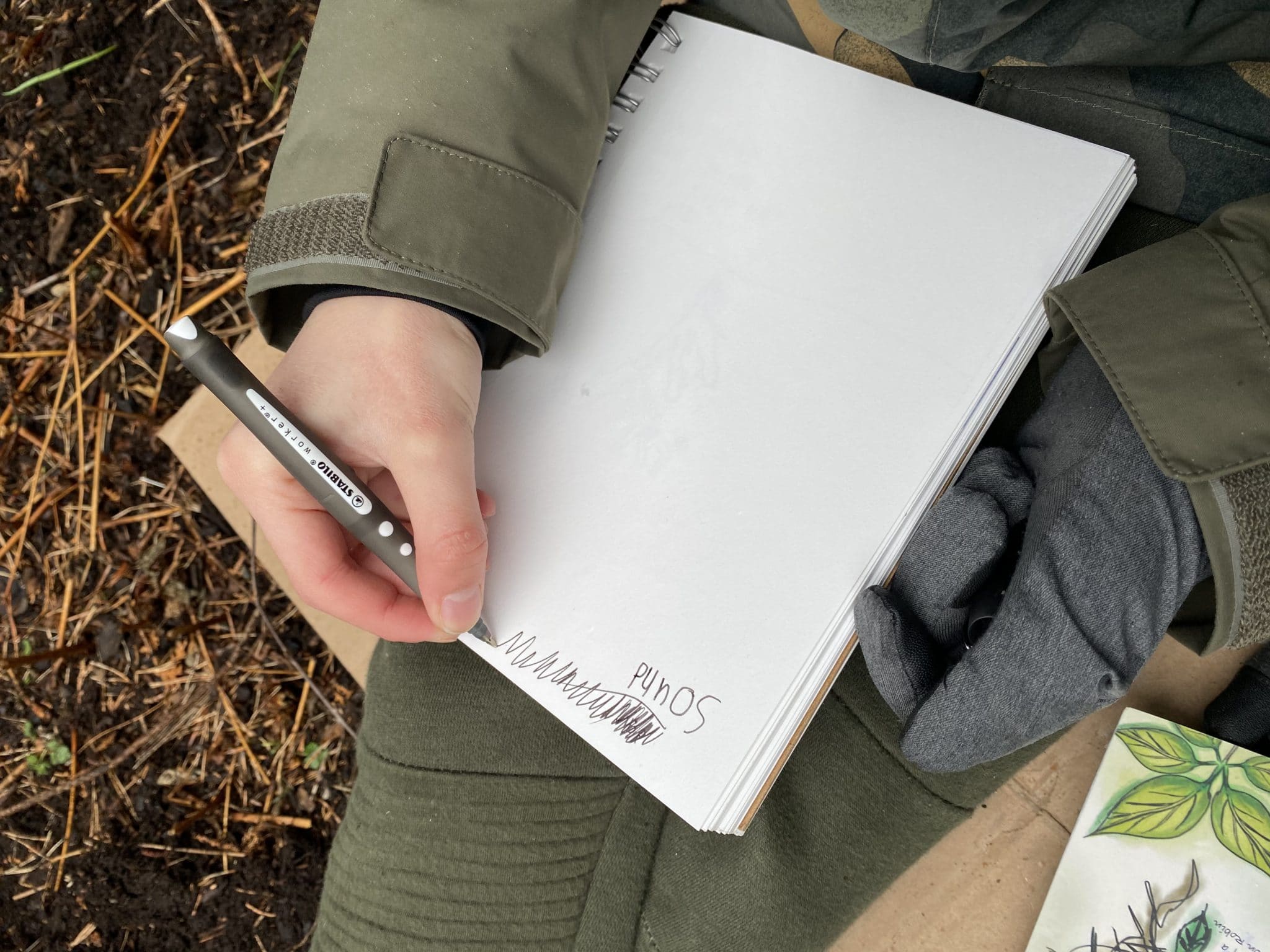
If there is one new habit your children should adopt, it's nature journaling. Nature journaling is a simple, creative and introspective way for kids to learn about nature and themselves. And they can do it just about anywhere there's a patch of nature!
Like our favorite nature-based activities, keeping a nature journal helps kids slow down when they're outdoors and take in their surroundings. Part field journal, part art portfolio and part diary, a nature journal is a special place for kids to keep track of and record their observations from nature.
There are many blog posts and sources to learn about nature journaling, some for kids and some for adults. The most important thing to remember is that there are no rules for nature journaling. Your child should feel free to express themselves and their observations of nature in the way that works best for them.
Here are some of our favorite tips for bringing nature journaling into your child's daily life.
Ready-Made or Handmade?
A nature journal is a very personal thing. Their journal may be storebought, handmade, full of artwork or filled with words. It could be scientific in tone or more of a memoir in nature. There are many nature journals available ready-made online. These might have writing prompts to help your child make observations such as the location, time of day, sights, sounds and other details of their nature observation session. These are excellent for some kids. Others may be happier with a blank notebook that allows them to make free choices about what to record. One great idea is a watercolor journal so your child can sketch and then watercolor their nature observations for a lovely portfolio.
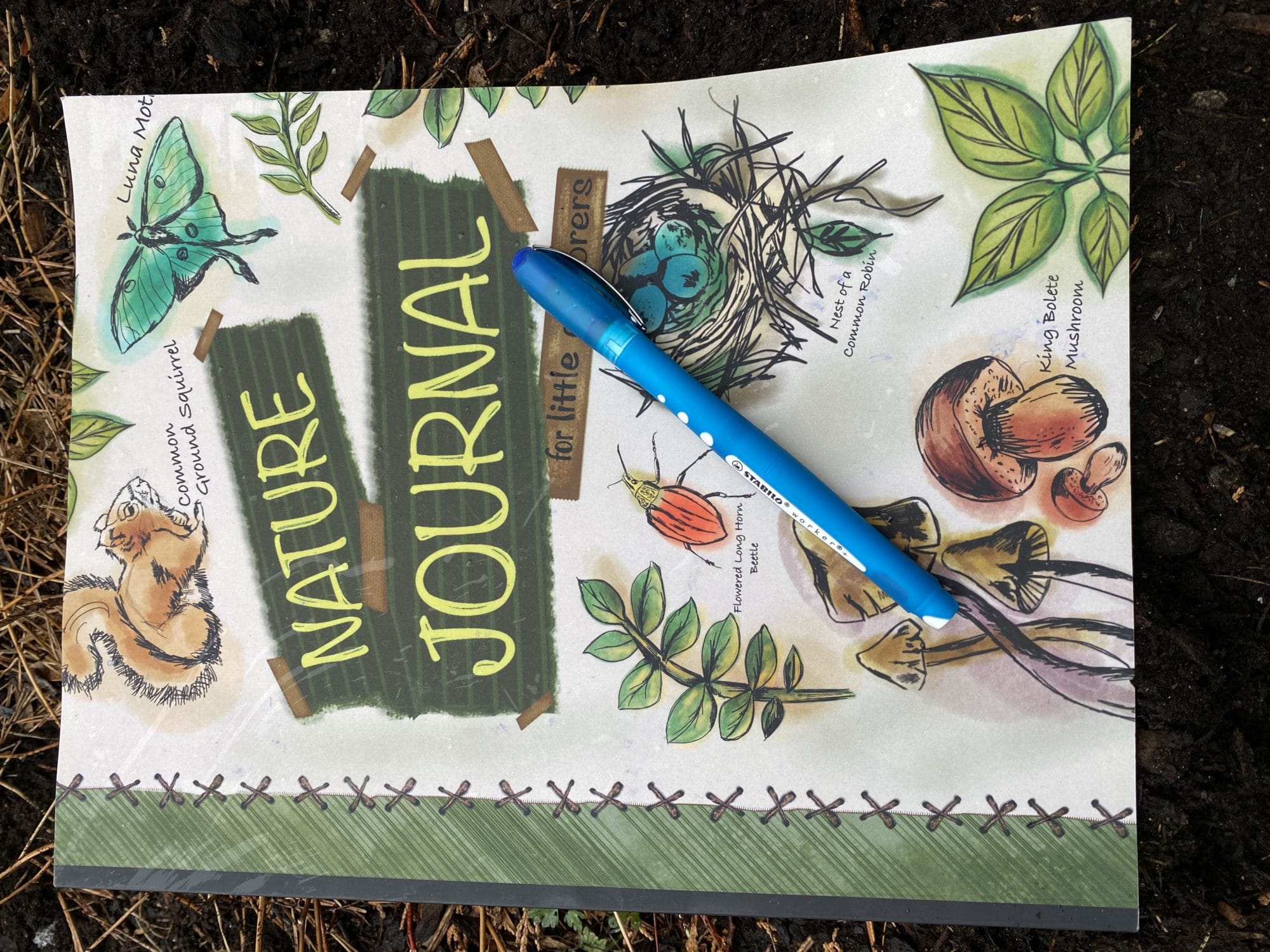
Always be prepared!
The first step to making nature journaling a daily habit is to make sure the nature journal is always with you! Have it ready to go in a nature bag packed with nature journals, writing utensils, binoculars, field id books, snacks, and water. It's also helpful to think about what your child will sit out in the outdoors. Sitting on the grass or forest floor is, of course, natural and wonderful. But on a wet, muddy day, bring along some tarp, cardboard or a portable stool for keeping bottoms dry.
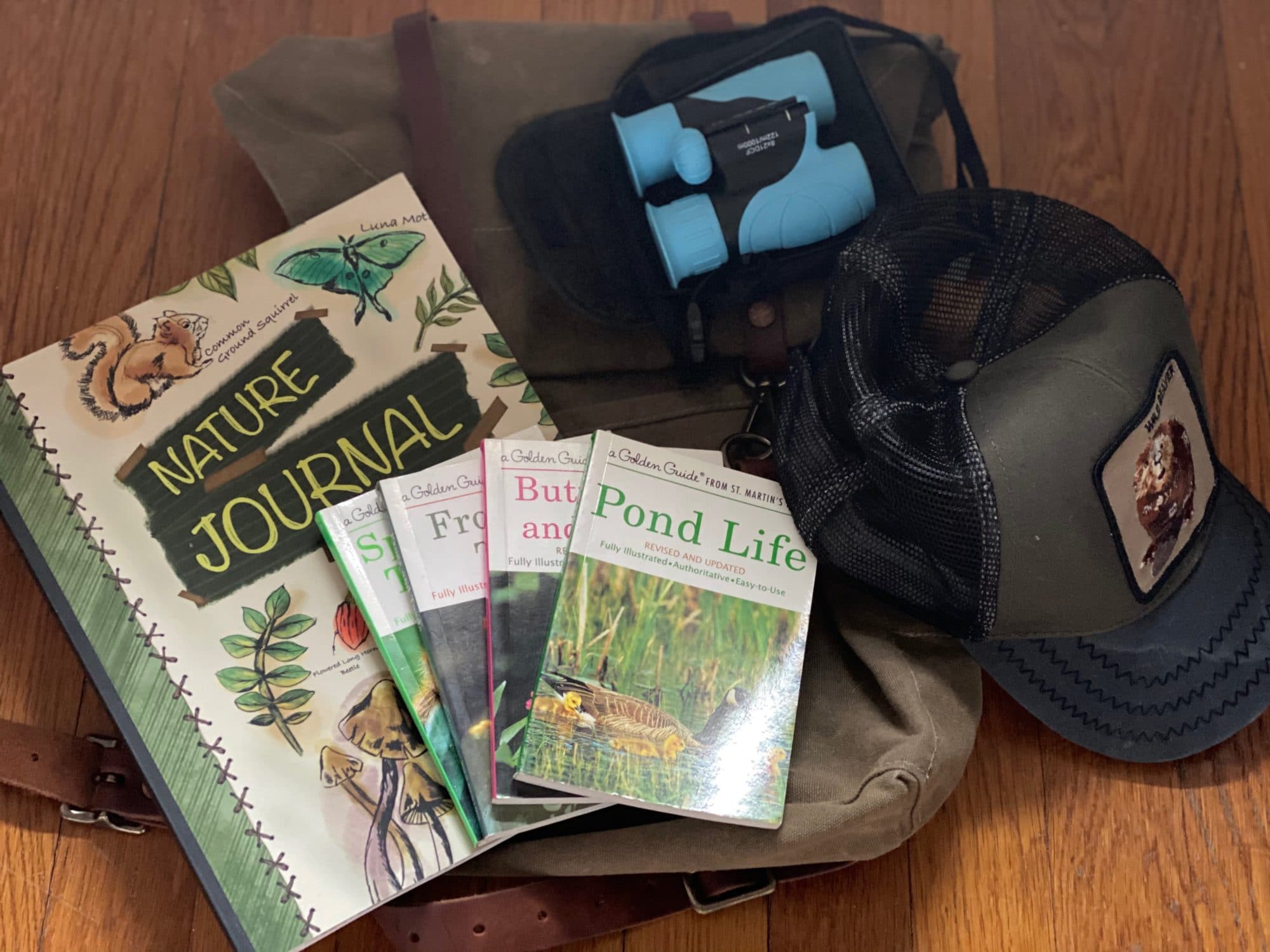
Make It a Full Sensory Experience
 When you get to your destination, an important decision is about to happen: what your child decides to focus on and observe. They may be tempted to take on too much nature, as in an entire park or garden or even a stand of trees. But nature journaling is a great way to keep the focus small and notice details. If your child is drawn to a particular tree, there will be hundreds of details to take in: the shape of the tree, the texture of the bark, the pattern of the leaves or needles, the colors, presence of pinecones, buds or critters. A tree may be perfectly suitable for a subject but so is just a single branch or even a single leaf.
When you get to your destination, an important decision is about to happen: what your child decides to focus on and observe. They may be tempted to take on too much nature, as in an entire park or garden or even a stand of trees. But nature journaling is a great way to keep the focus small and notice details. If your child is drawn to a particular tree, there will be hundreds of details to take in: the shape of the tree, the texture of the bark, the pattern of the leaves or needles, the colors, presence of pinecones, buds or critters. A tree may be perfectly suitable for a subject but so is just a single branch or even a single leaf.
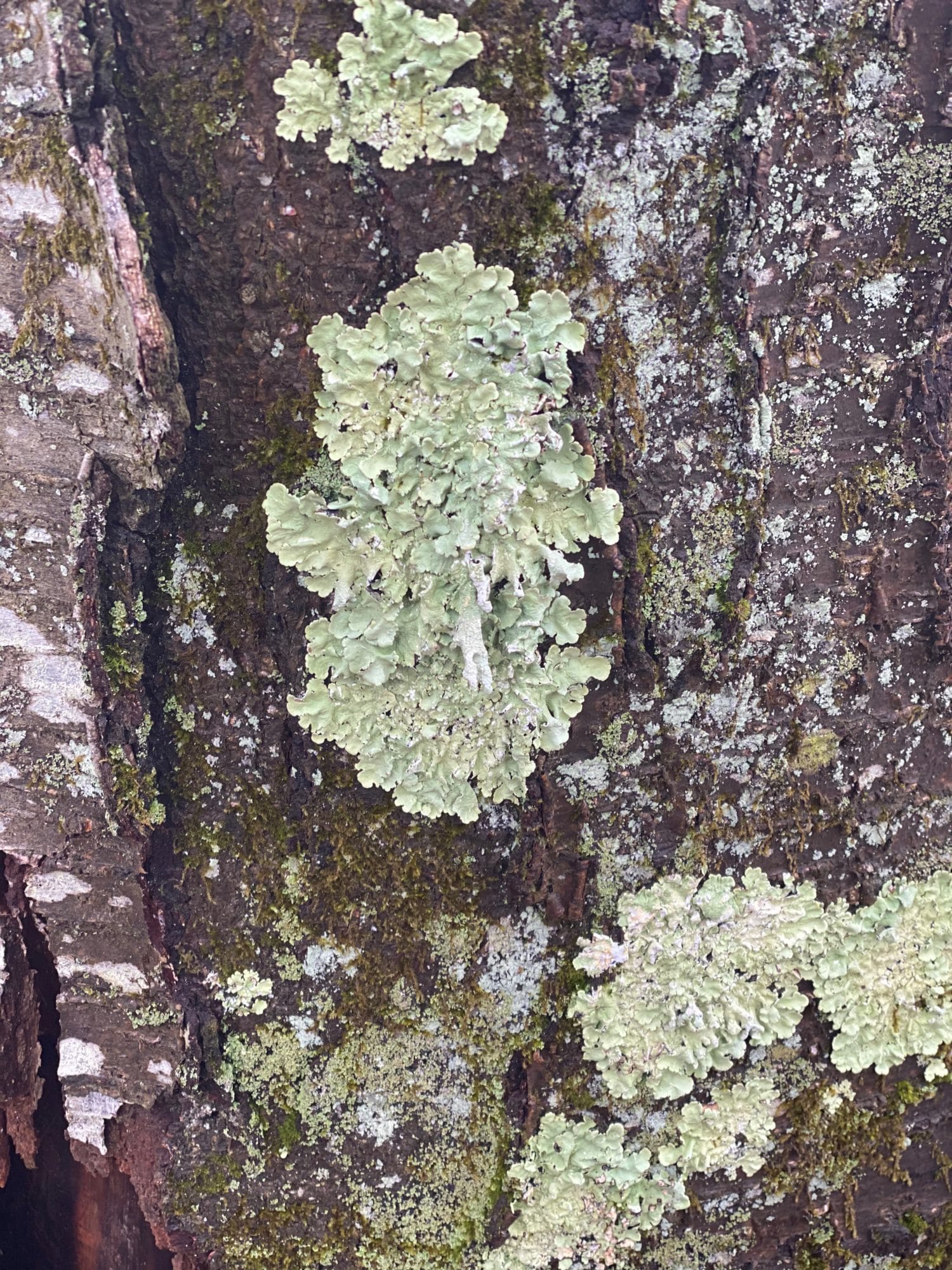
Once your child starts to really dial into nature, they will see that there are so many details that make this natural object what it is. And if there is one takeaway lesson from their nature journaling activity, it is that that nature is filled with details ready for them to notice.
Tune In
Once your child has chosen their subject, help them start the nature journaling process by reminding them to use all of their senses. They should focus on each sensory experience: sight, touch, look, vibrations, smell, sounds. If they focus on each sense individually, they can tune out the other senses and really get deep into what is taking place in their natural space.
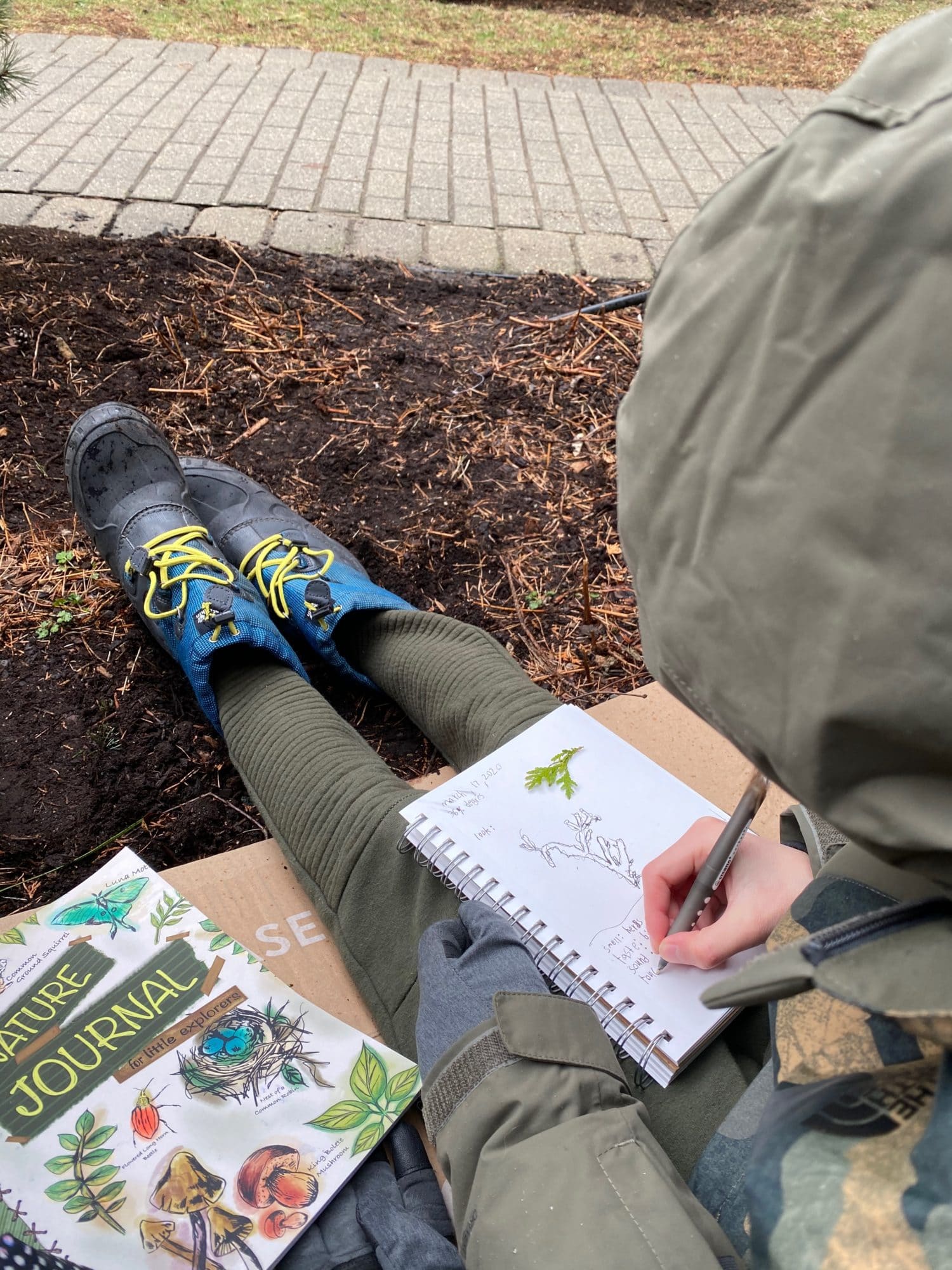
Mini Field Scientists
Help your child get into the practice of working as a field scientist, thinking about this space as their personal field site. They should record the date, time, note the weather and make notes on the location in general. This will be particularly interesting for them if they return to this site at different times of the year in different seasons and times of the day. This means it is not only OK to go out nature journaling in all weather, but it's actually a great experience.
Either in the field using guide books or your device (though we try to keep tech out of the experience as much as possible in nature) or when you return home, have your child do some research on the natural subject they focused on. Ask your child to try to identify their subject and learn more about it.
Don't deprive yourself of the experience of nature journaling! Model the behavior you want to see in your child by journaling along with him or her. If you want to get more sophisticated with your journaling or artwork, you can sign up for courses for adults such as Bird Academy.
Have fun out there!


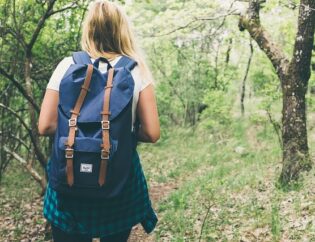
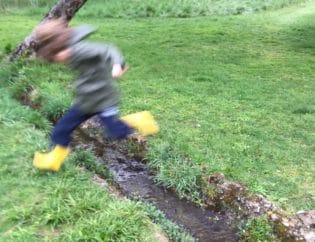
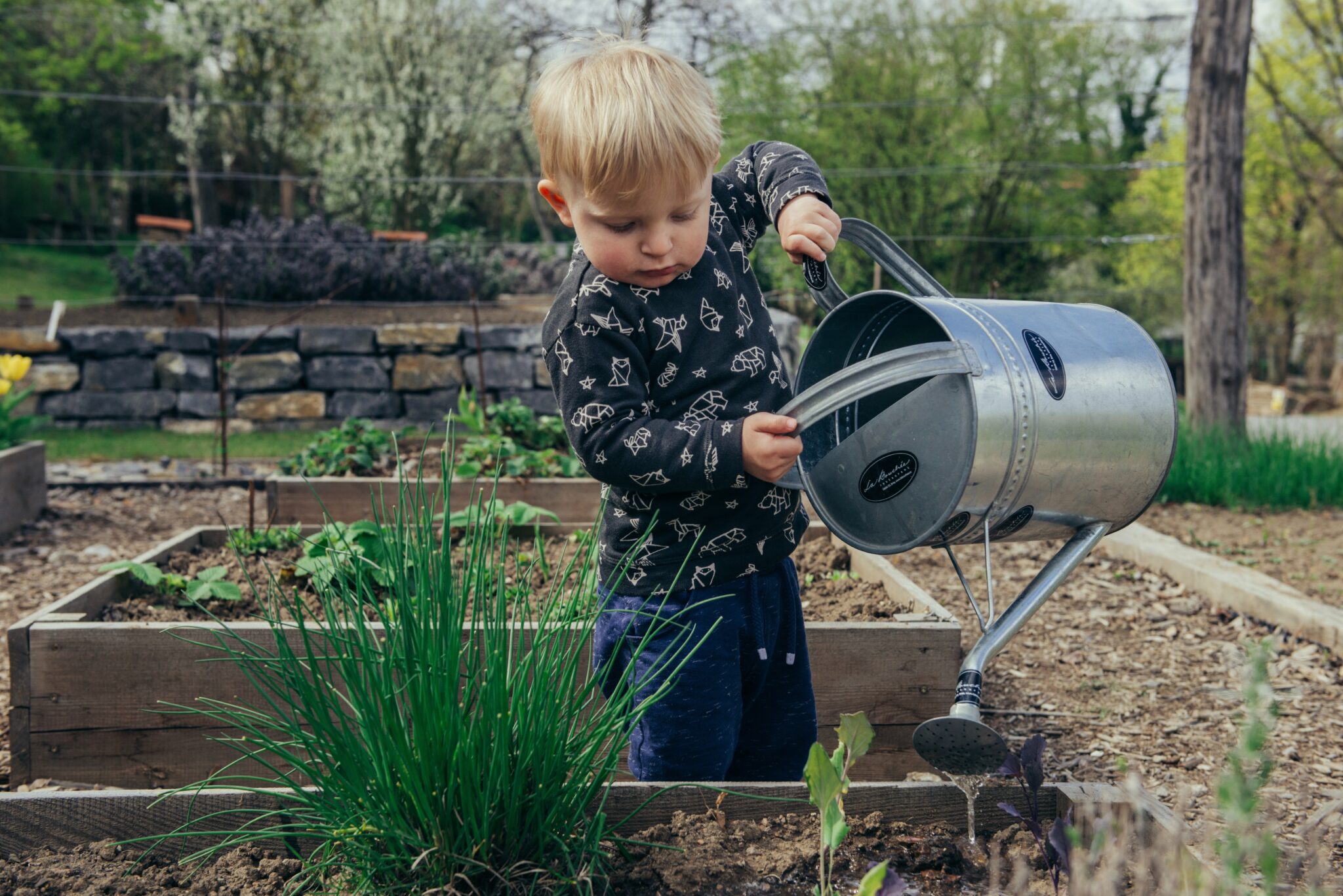

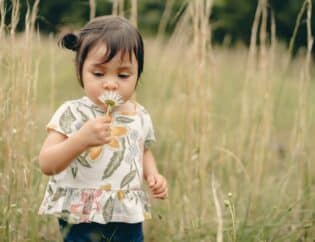
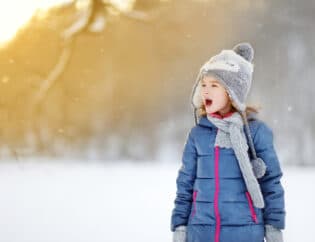
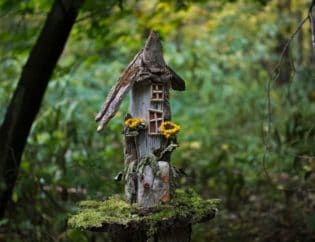
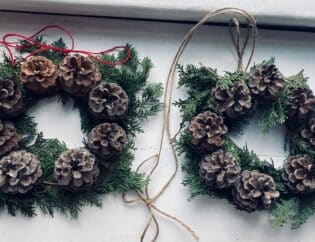

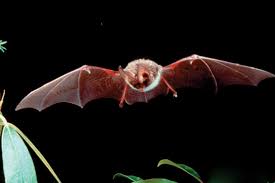
I like this site it’s a master piece! Glad I found this on google.
What a lovely comment. Thank you!
[…] Nature journaling is the perfect way to seamlessly incorporate science, art, and language arts into one personal exploration journal. You’ll also be teaching students to reflect on their surroundings, focus on details, record data, express themselves creatively, and learn resourcefulness. […]